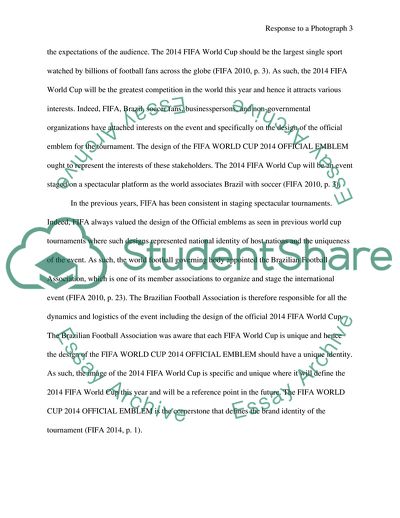Cite this document
(Response to Fifa World Cup 2014 Official Emblem Report, n.d.)
Response to Fifa World Cup 2014 Official Emblem Report. https://studentshare.org/visual-arts-film-studies/1825643-a-response-to-a-photograph-that-has-been-consciously-designed
Response to Fifa World Cup 2014 Official Emblem Report. https://studentshare.org/visual-arts-film-studies/1825643-a-response-to-a-photograph-that-has-been-consciously-designed
(Response to Fifa World Cup 2014 Official Emblem Report)
Response to Fifa World Cup 2014 Official Emblem Report. https://studentshare.org/visual-arts-film-studies/1825643-a-response-to-a-photograph-that-has-been-consciously-designed.
Response to Fifa World Cup 2014 Official Emblem Report. https://studentshare.org/visual-arts-film-studies/1825643-a-response-to-a-photograph-that-has-been-consciously-designed.
“Response to Fifa World Cup 2014 Official Emblem Report”. https://studentshare.org/visual-arts-film-studies/1825643-a-response-to-a-photograph-that-has-been-consciously-designed.


